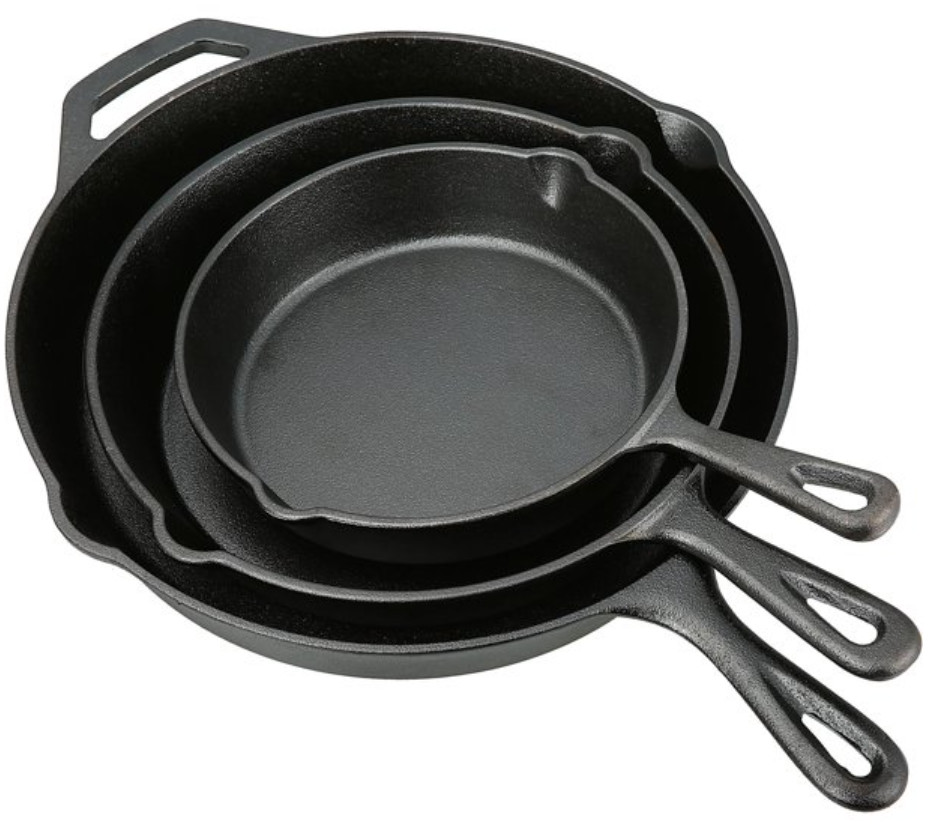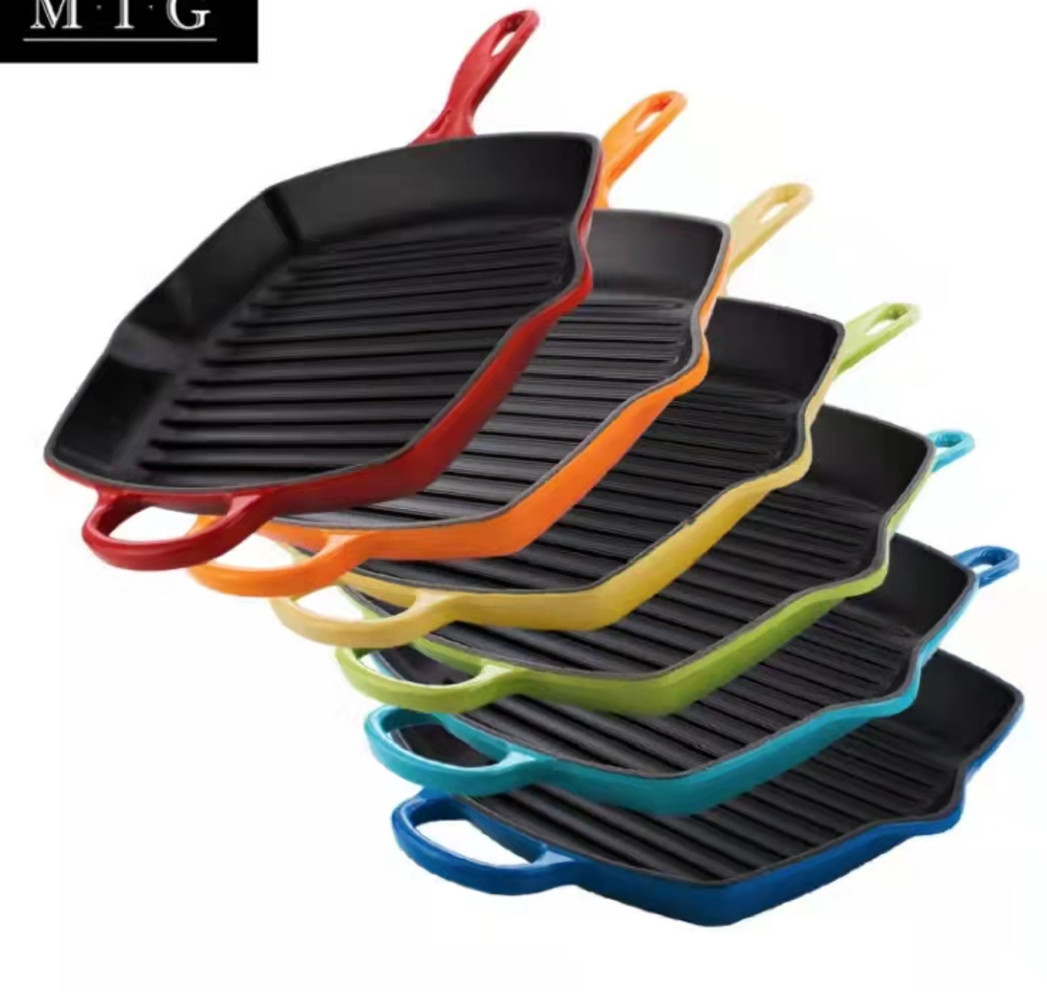- 150 m cara ao sur, West DingWei Road, Nanlou Village, Changan Town, GaoCheng Area, Shijiazhuang, Hebei, China
- monica@foundryasia.com
Xuñ . 12, 2023 18:48 Volver á lista
QUE É A COCIÑA DE FERRO FUNDIDO
Que son os utensilios de cociña de ferro fundido:
Os utensilios de cociña de ferro fundido son utensilios de cociña resistentes que están feitos de ferro fundido, valorados pola súa retención de calor, durabilidade, capacidade de usar a temperaturas moi elevadas e cociñar antiadherente cando se adereza adecuadamente.
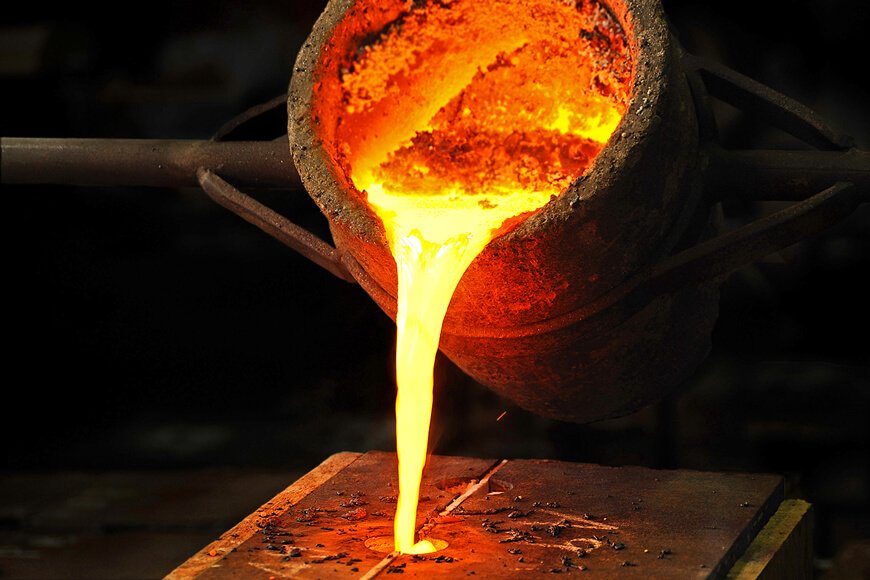
Historia dos utensilios de cociña de ferro fundido
In Asia, particularly China, India, Korea and Japan, there is a long history of cooking with cast iron vessels. The first mention of a cast-iron kettle in English appeared in 679 or 680, though this wasn't the first use of metal vessels for cooking. The term pot came into use in 1180. Both terms referred to a vessel capable of withstanding the direct heat of a fire. Cast-iron cauldrons and cooking pots were valued as kitchen items for their durability and their ability to retain heat evenly, thus improving the quality of cooked meals.
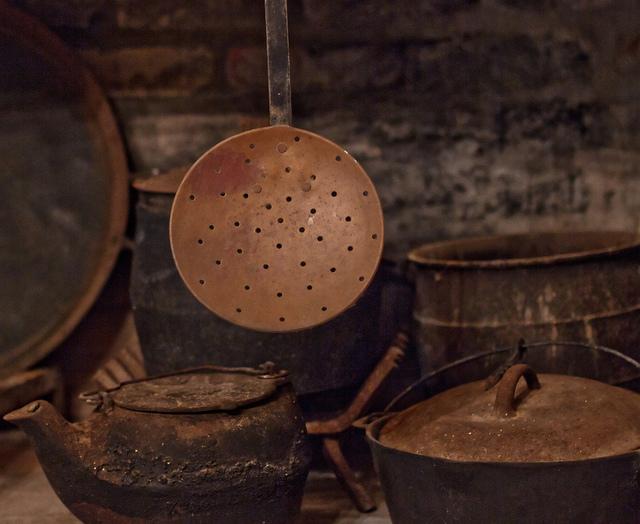
En Europa e nos Estados Unidos, antes da introdución da cociña a mediados do século XIX, as comidas facíanse na lareira, e as potas e tixolas estaban deseñadas para o seu uso na lareira ou para suspenderlas.
Cast-iron pots were made with handles to allow them to be hung over a fire, or with legs so that they could stand in the coals. In addition to Dutch ovens with three or four feet, which Abraham Darby I secured a patent in 1708 to produce, a commonly used cast-iron cooking pan called a spider had a handle and three legs allowing it to stand upright over campfires as well as in the coals and ashes of a fireplace.
As potas e tixolas con fondo plano sen patas entraron en uso cando se popularizaron os fogóns; este período de finais do século XIX foi a introdución do piso
cast-iron skillet.
Os utensilios de cociña de ferro fundido foron especialmente populares entre as amas de casa durante a primeira metade do século XX. Era un utensilio de cociña barato pero duradeiro. A maioría dos fogares estadounidenses tiñan polo menos unha tixola de ferro fundido.
O século XX tamén viu a introdución e popularización dos utensilios de cociña de ferro fundido revestidos de esmalte.
Today, of the large selection of cookware that can be purchased from kitchen suppliers, cast iron comprises only a small fraction. However, the durability and reliability of cast iron as a cooking tool has ensured its survival. Cast-iron pots and pans from the 19th and 20th century continue to see daily use to the present day. They are also highly sought after by antique collectors and dealers. Cast iron has also seen a resurgence of its popularity in specialty markets. Through cooking shows, celebrity chefs have brought renewed attention to traditional cooking methods, especially the use of cast iron.
Produtos esenciais
Os tipos de utensilios de cociña de ferro fundido inclúen tixolas, fornos holandeses, pranchas, ferros para gofres, prensa para panini, fritidoras, woks, fondu e potjies.
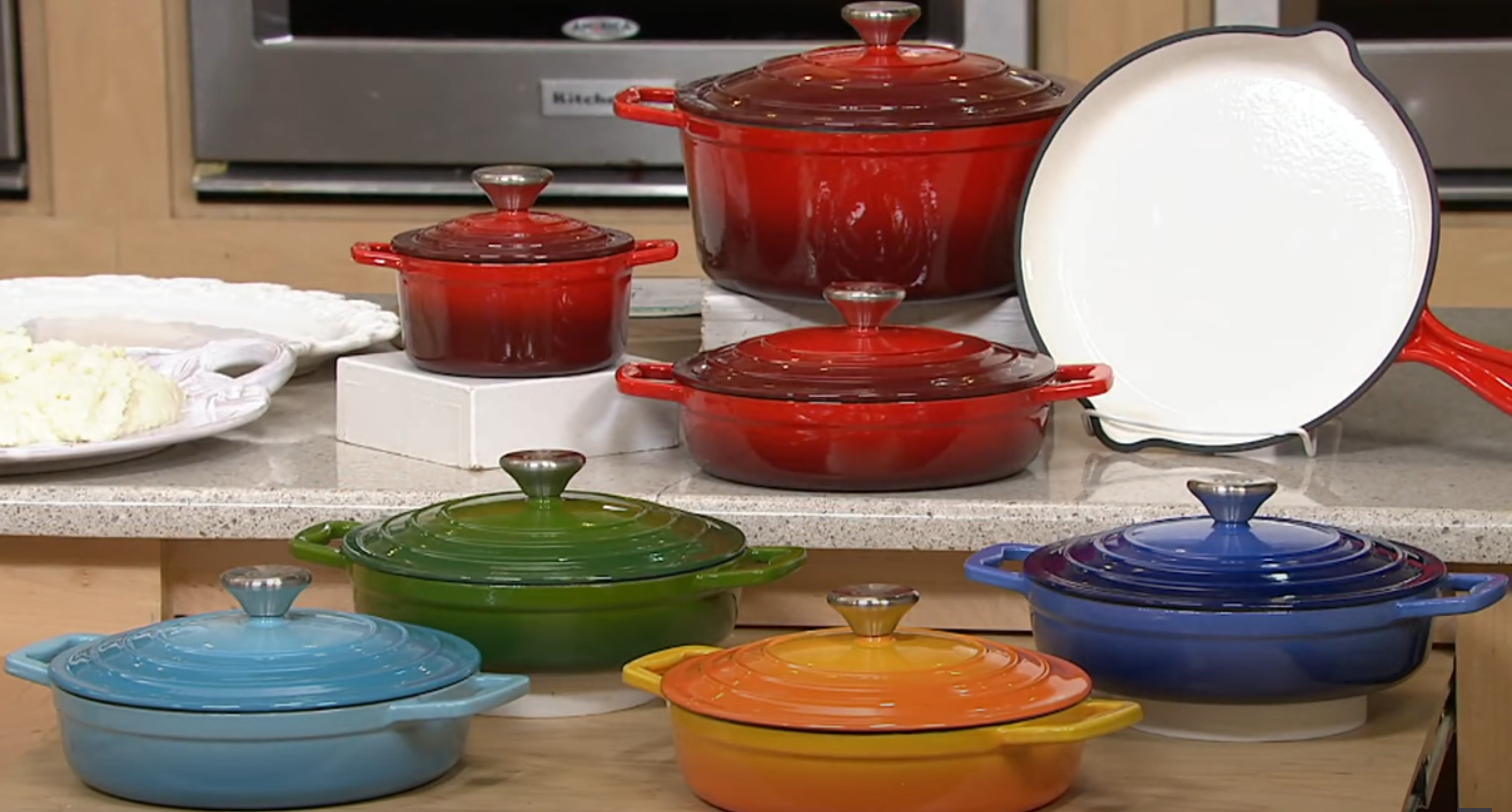
Beneficios dos utensilios de cociña de ferro fundido
Cast iron's ability to withstand and maintain very high cooking temperatures makes it a common choice for searing or frying, and its excellent heat retention makes it a good option for long-cooking stews or braised dishes.
Because cast-iron skillets can develop a "non-stick" surface when cared for properly, they are excellent for frying potatoes or preparing stir-fries. Some cooks consider cast iron a good choice for egg dishes, while others feel the iron adds an off-flavor to eggs. Other uses of cast-iron pans include baking, for instance for making cornbread, cobblers and cakes.
Many recipes call for the use of a cast-iron skillet or pot, especially so that the dish can be initially seared or fried on the stovetop then transferred into the oven, pan and all, to finish baking. Likewise, cast-iron skillets can double as baking dishes. This differs from many other cooking pots, which have varying components that may be damaged by the excessive temperatures of 400 °F (204 °C) or more.
-
Product introduction of Changan Cast Iron Co., LTD
NovasJan.24,2024
-
The Impact of the Leidenfrost Effect on Non-Stick Properties of Cast Iron Titanium Coated Cookware
NovasJan.24,2024
-
Explorando a división culinaria: cazolas de ferro fundido vs cazolas normais
Novas03 de xaneiro de 2024
-
Obradoiro de embalaxe reorganizado con estanterías e almacenamento 3D para mercadorías
Novas29 de decembro de 2023
-
A limpeza dunha pota de esmalte de ferro fundido usada pódese facer eficazmente cos seguintes pasos:
Novas27 de decembro de 2023
-
Estrutura metalográfica para esmalte sobre fundición
Novas27 de decembro de 2023
